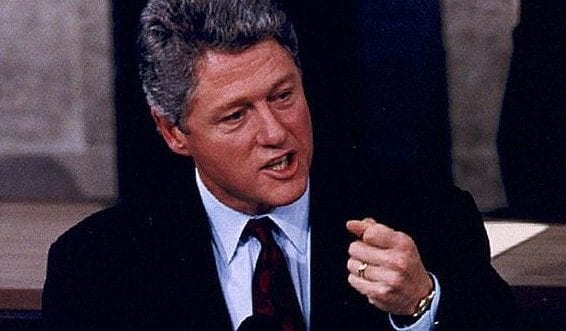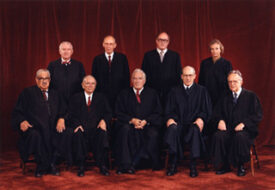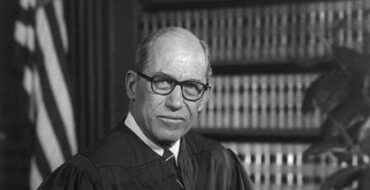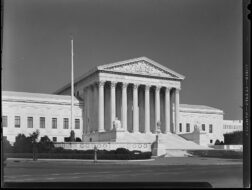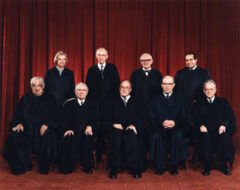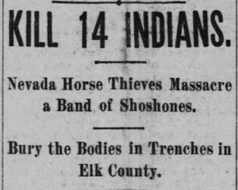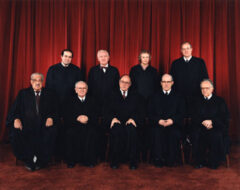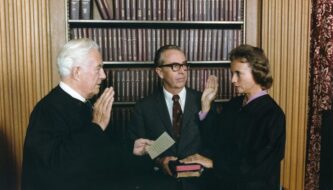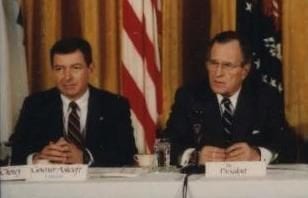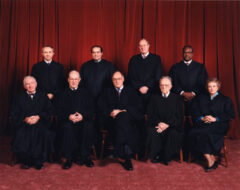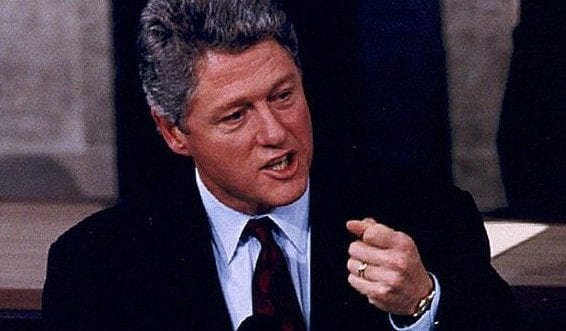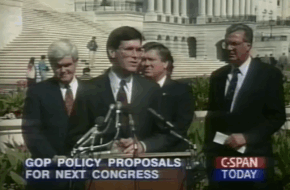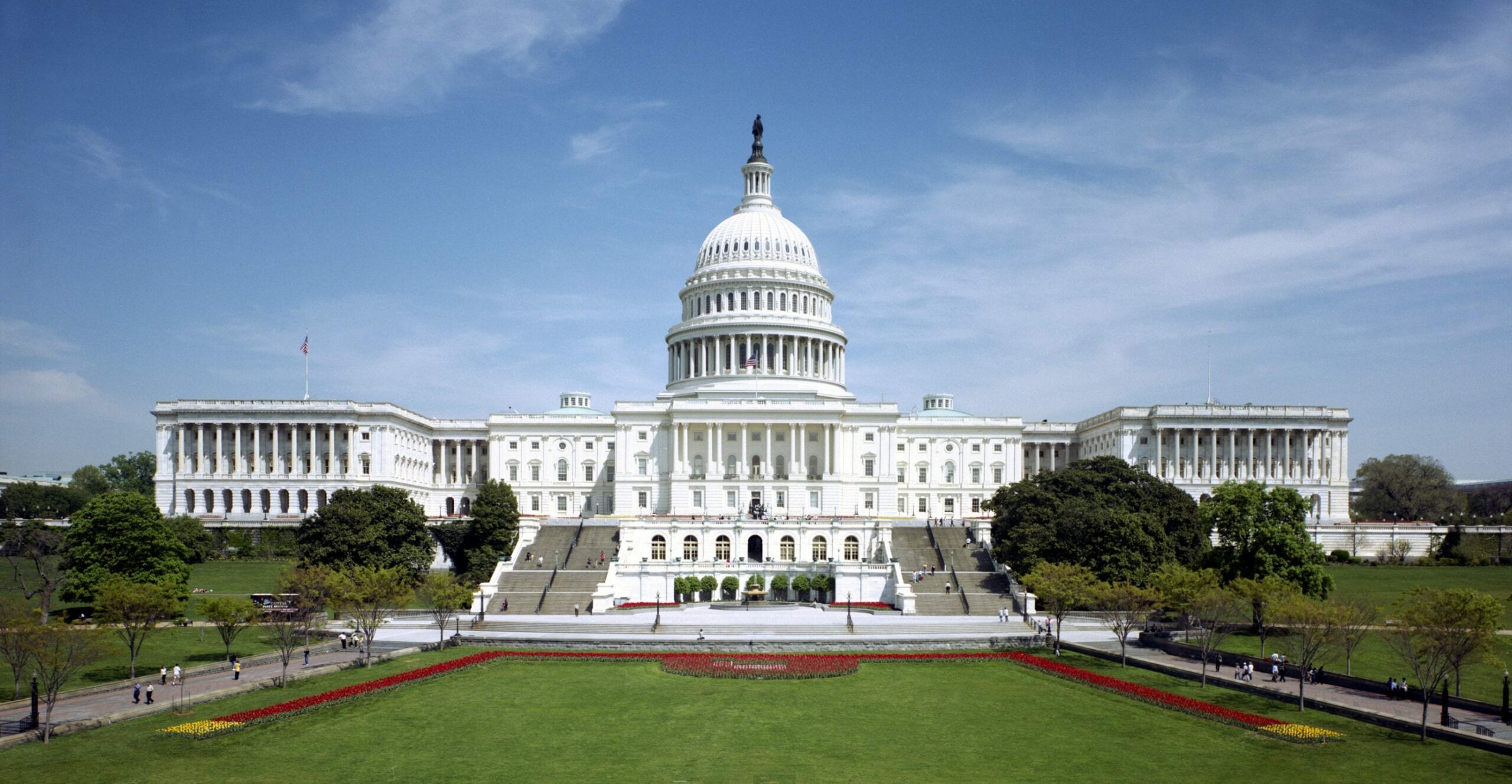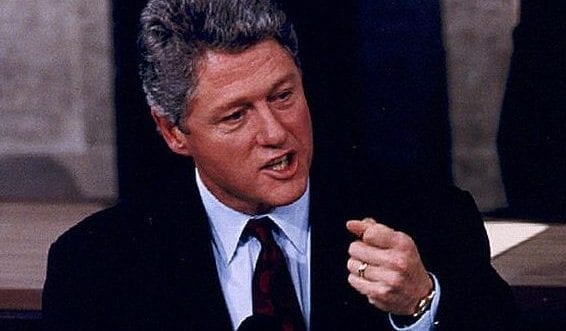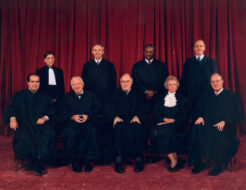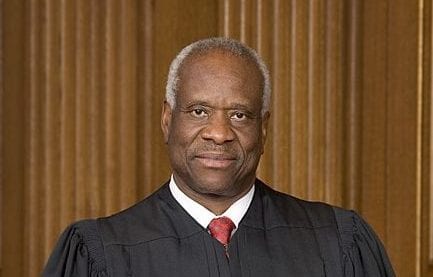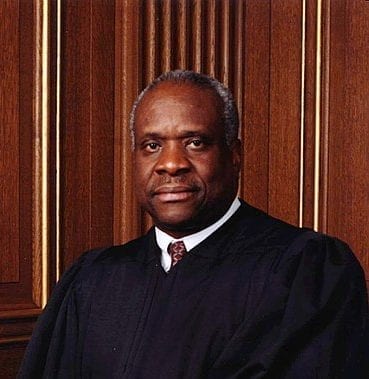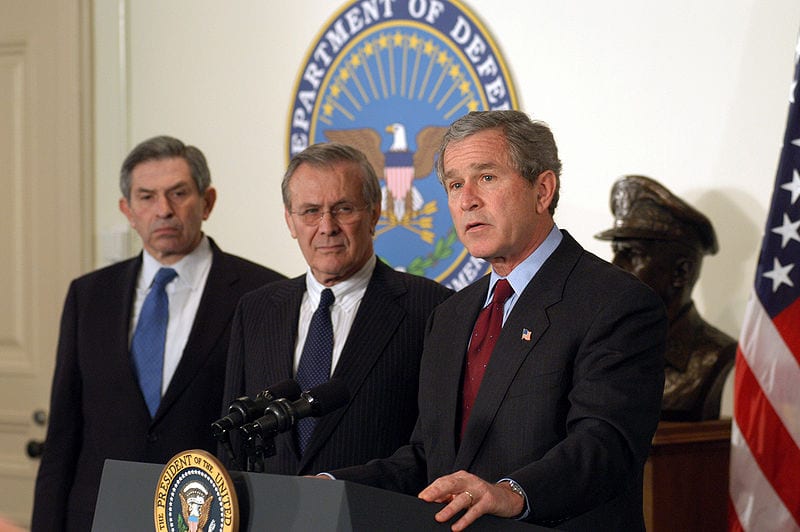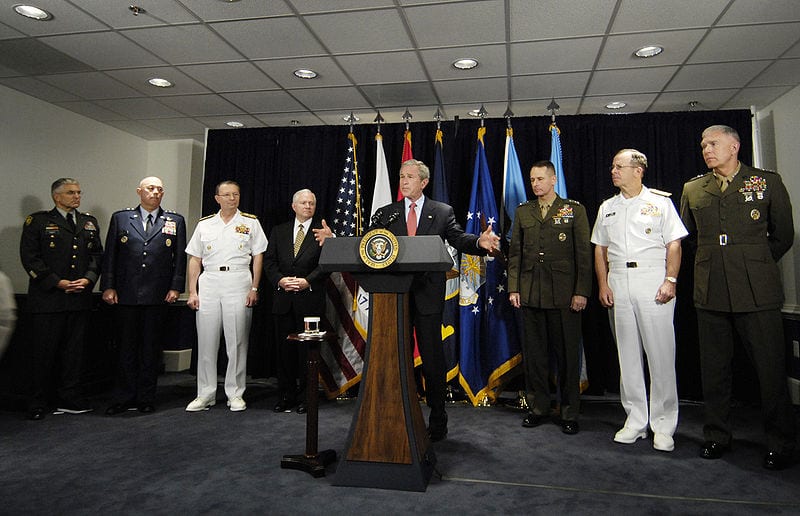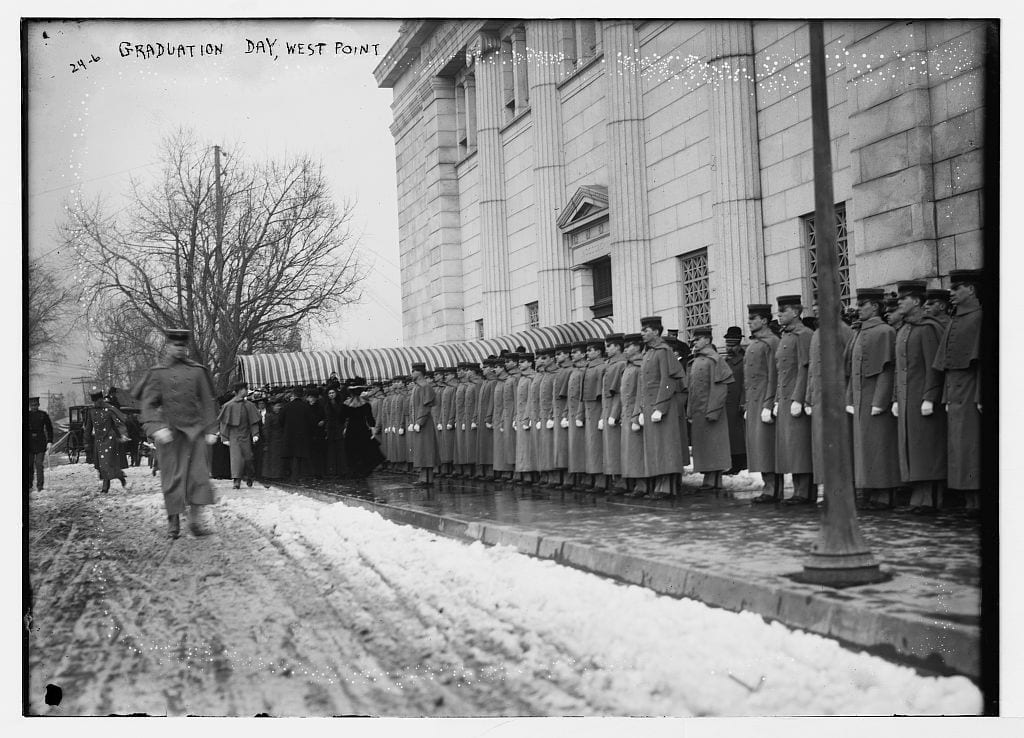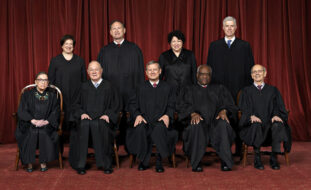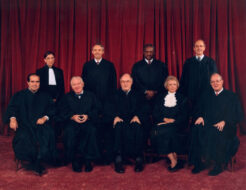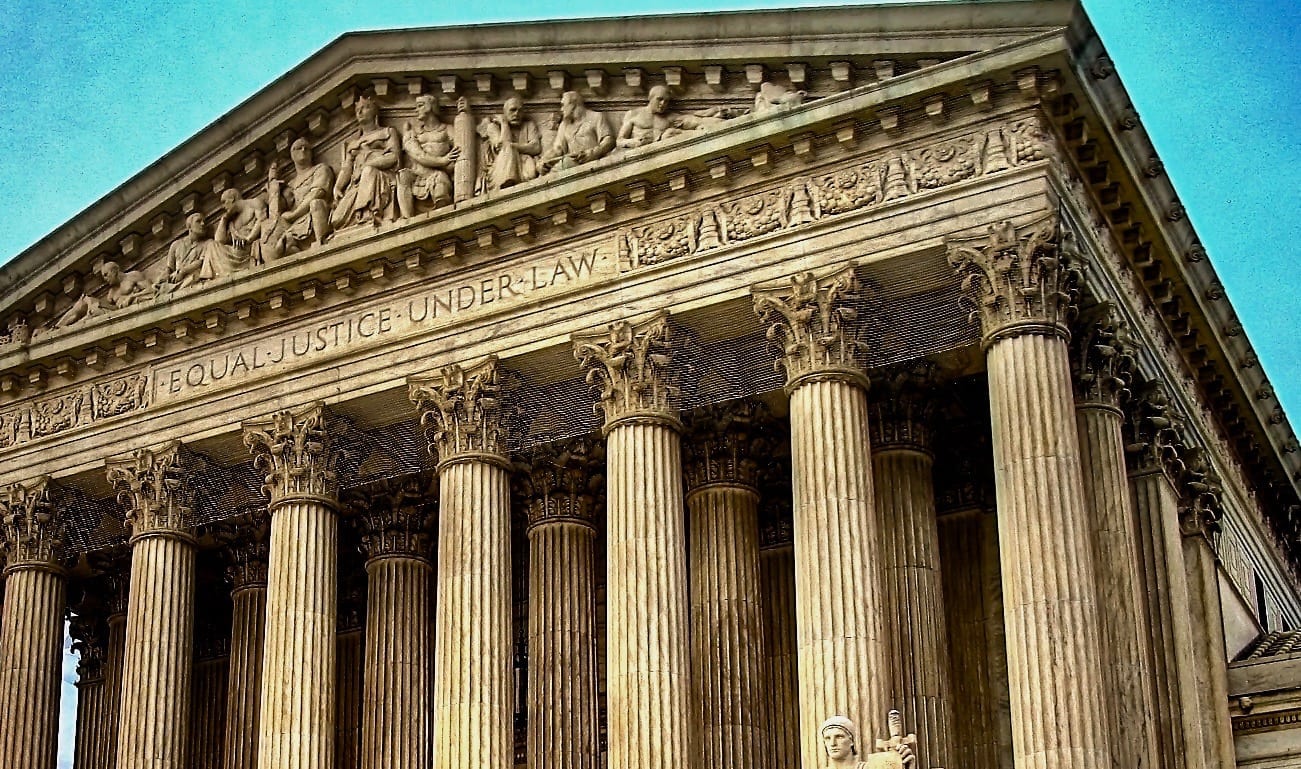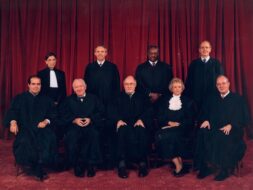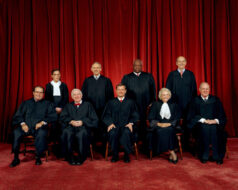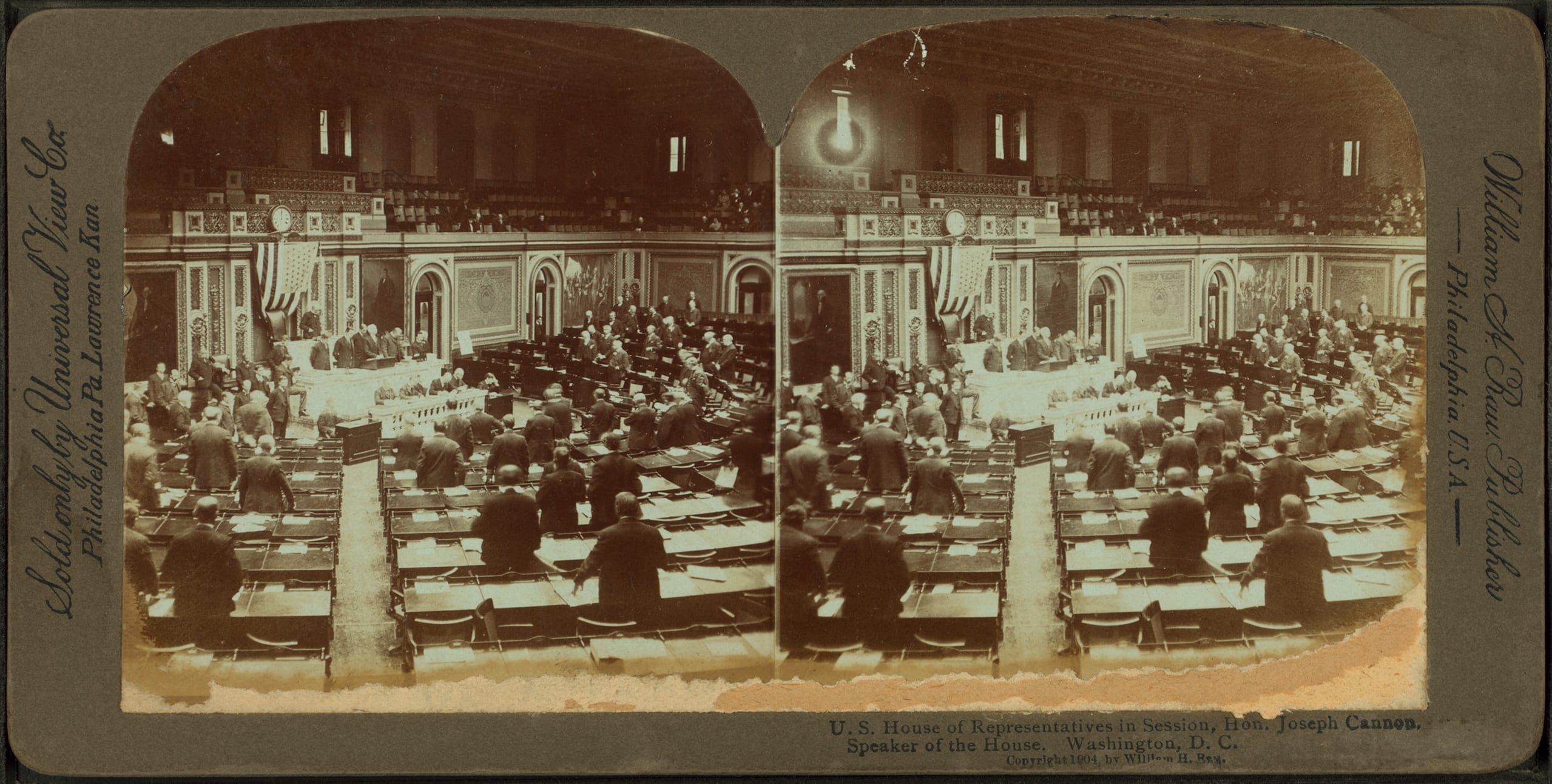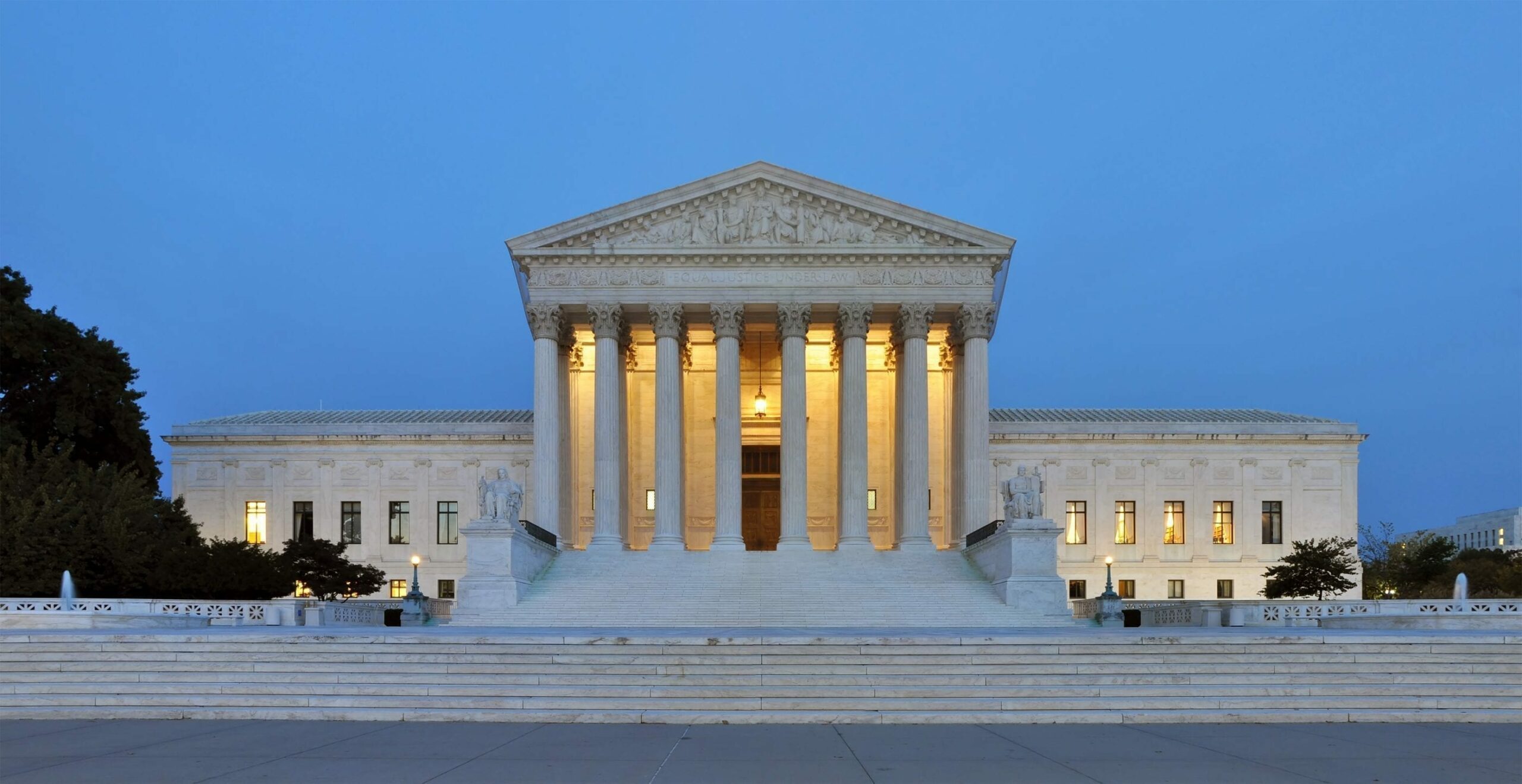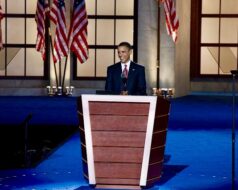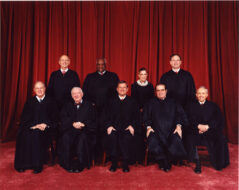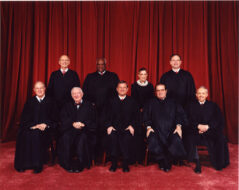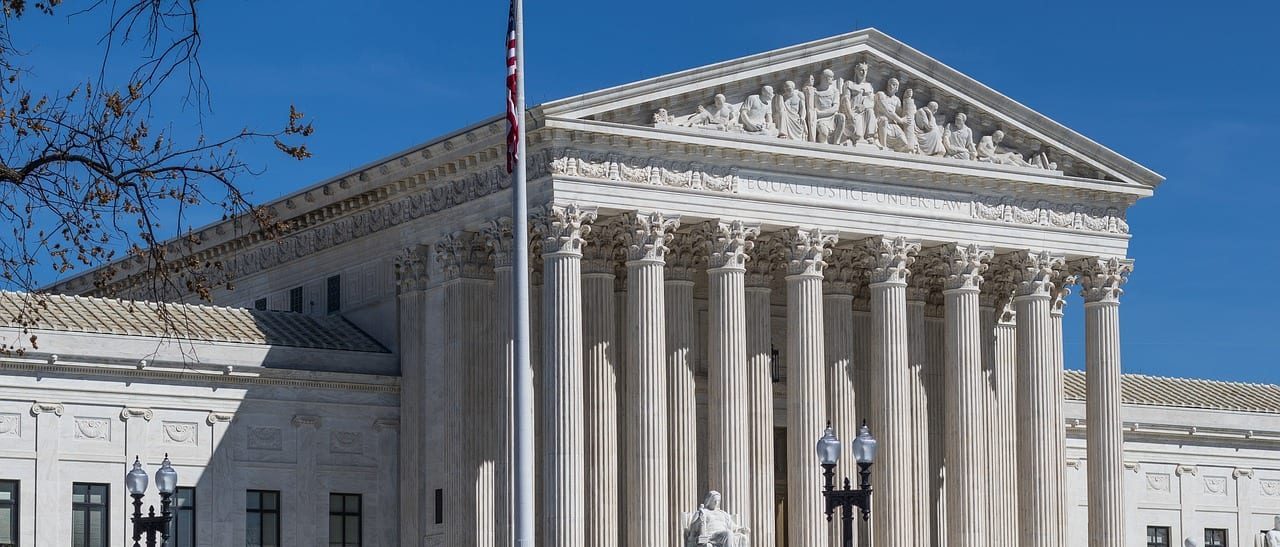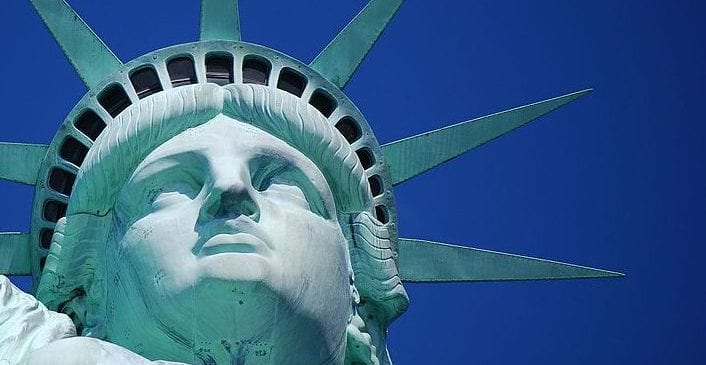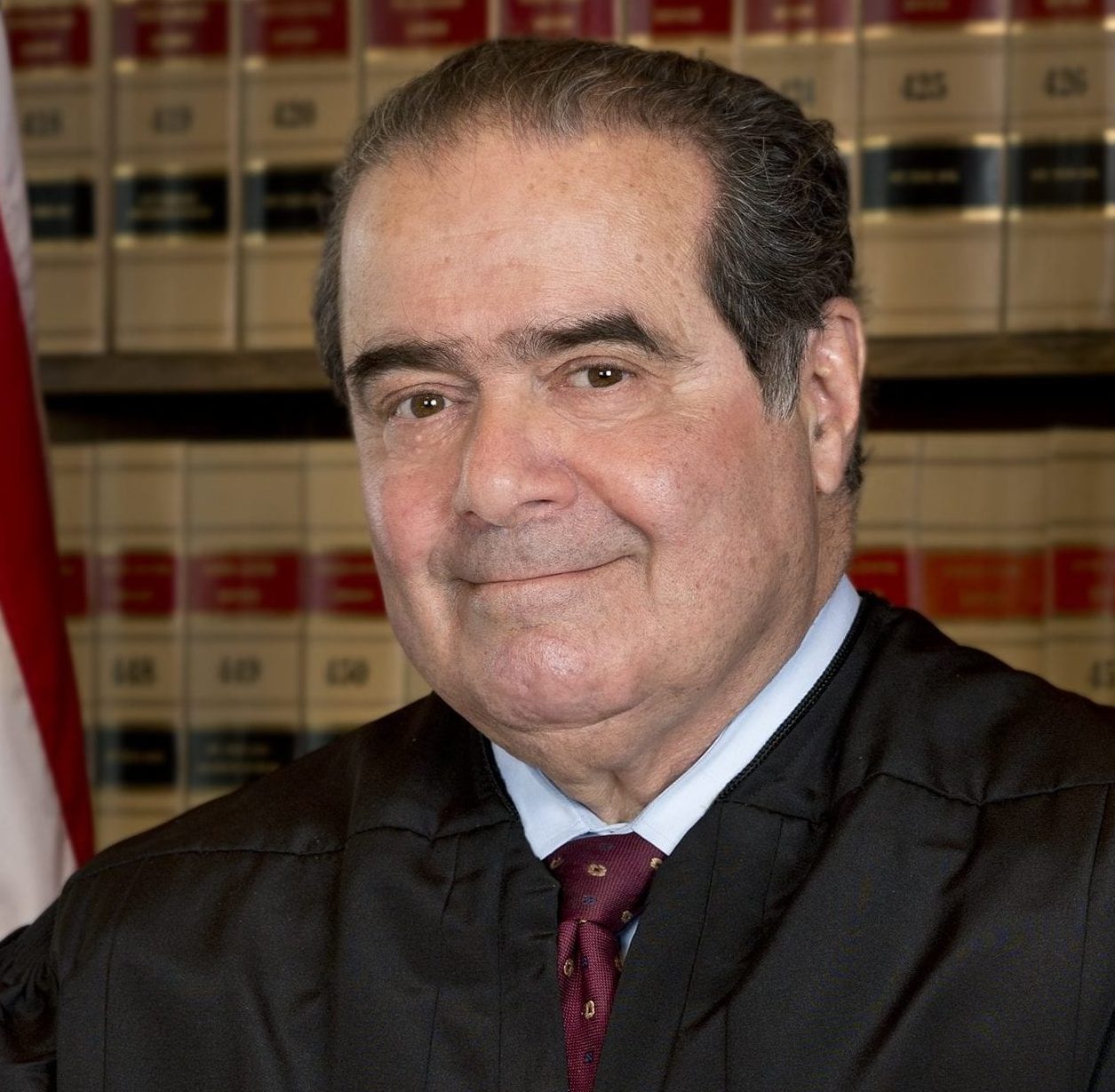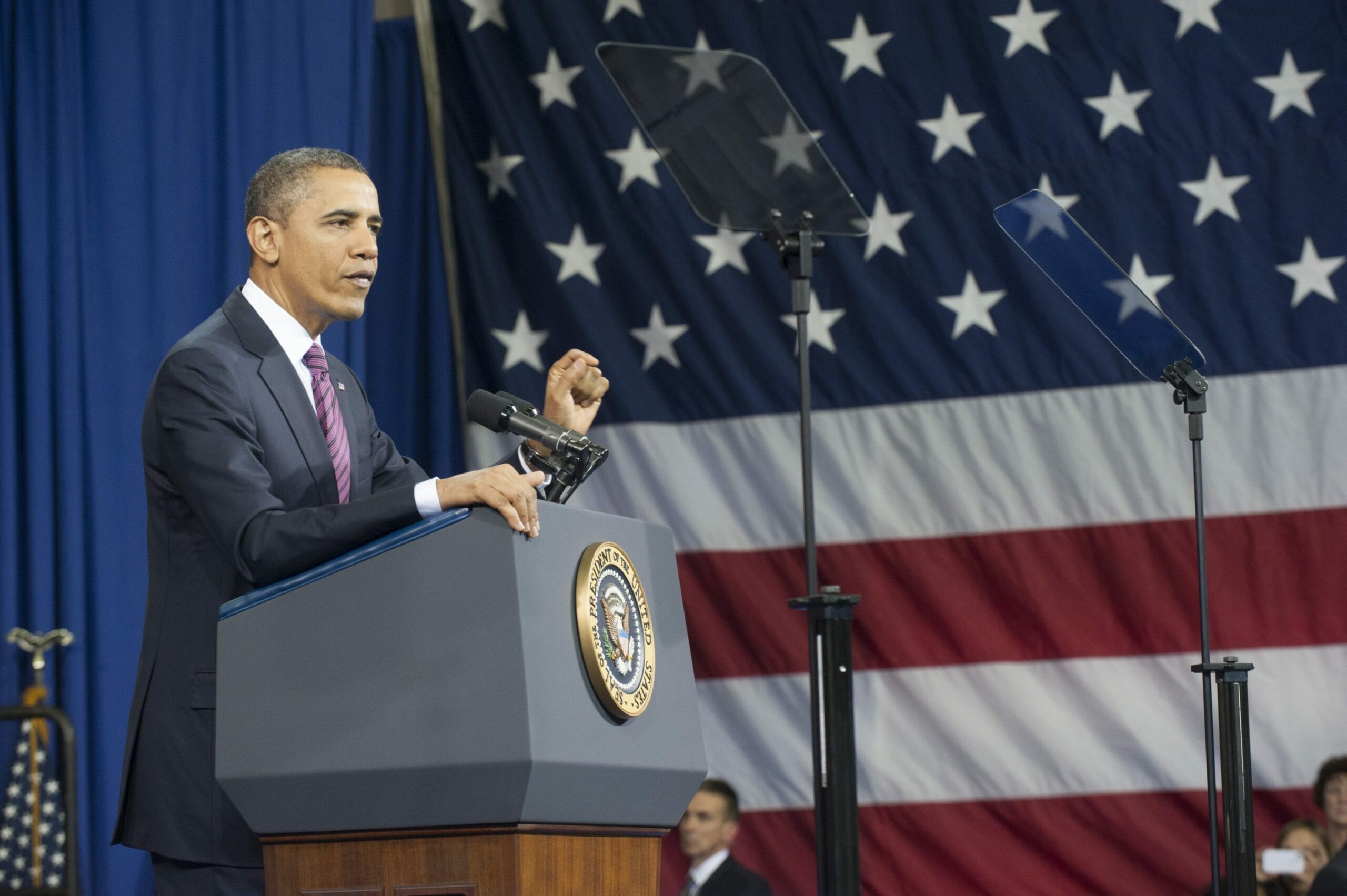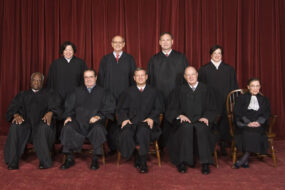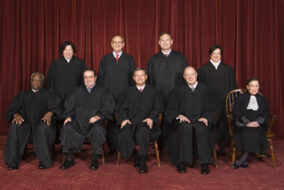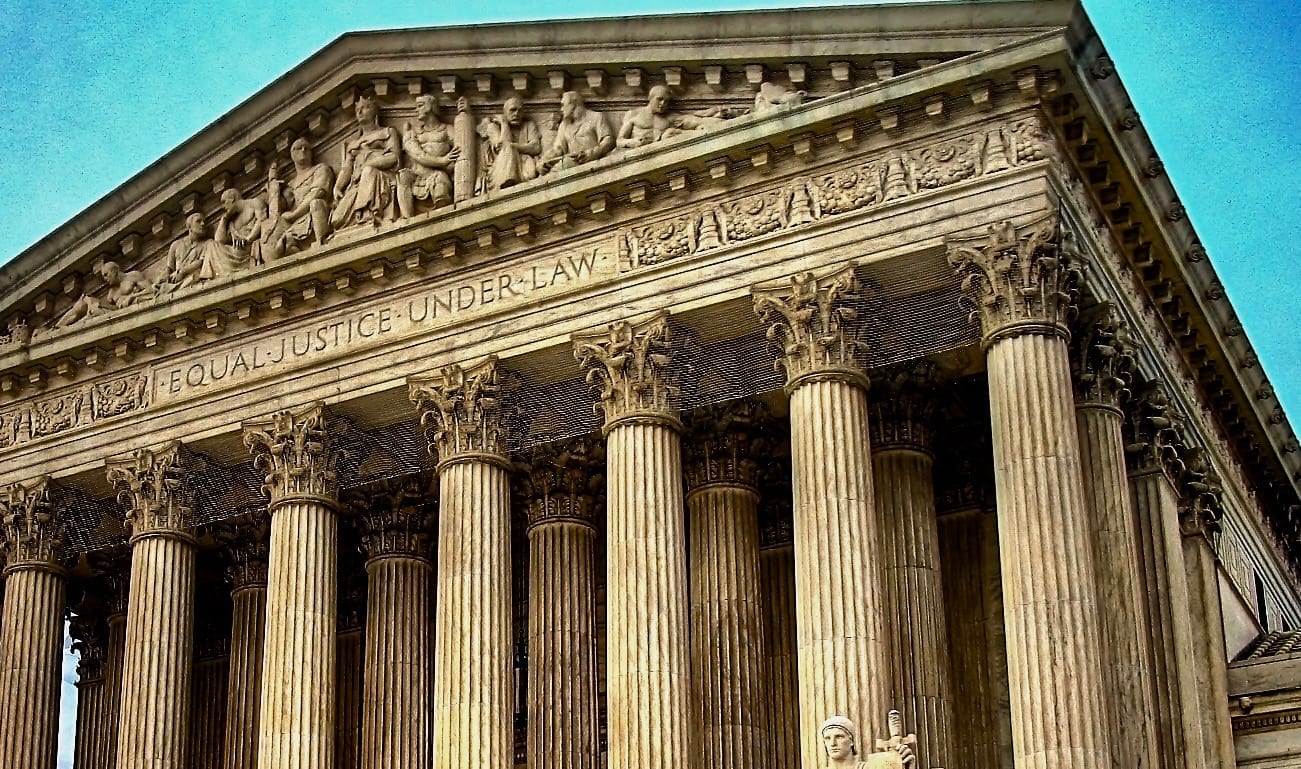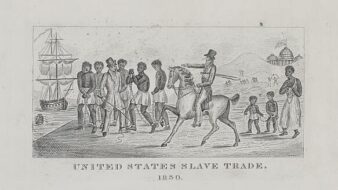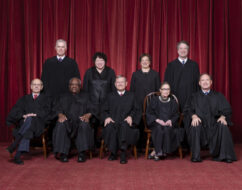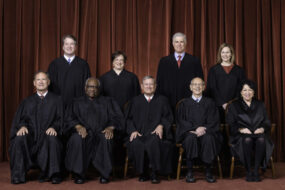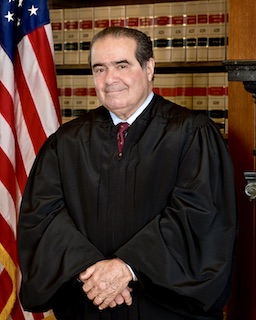
No related resources
Introduction
In Printz v. United States, the U.S. Supreme Court sided with challenges by sheriffs in Arizona and Montana to the constitutionality of a provision of the Brady Handgun Violence Prevention Act of 1993 (Brady Act) that required the chief law enforcement officer (CLEO) of each jurisdiction to conduct background checks on individuals seeking to purchase handguns. This was an interim provision of the Brady Act. In passing this 1993 law, Congress directed the U.S. attorney general to set up a national instant background check system for handgun purchases and to have this system operational by November 1998. While the instant background check system was being established, Congress provided for an interim arrangement. Local law enforcement officers were directed to conduct background checks of handgun purchases and “make a reasonable effort to ascertain within five business days whether receipt or possession [of a handgun] would be in violation of the law, including research in whatever state and local recordkeeping systems are available.”
The Supreme Court ruled in Printz that Congress acted in ways that were “fundamentally incompatible with our constitutional system of dual sovereignty” when it ordered local law enforcement officers to perform these tasks. Law enforcement officers could still choose to perform these tasks voluntarily, but Congress lacked the power to direct them to do so. In issuing this ruling, the Supreme Court built on and expanded the anti-commandeering doctrine set out five years earlier in New York v. United States (1992). In New York, the Court held that Congress could not “commandeer” state legislatures by requiring them to enact certain policies (in that case, policies concerning disposal of radioactive waste). In Printz, the Court ruled that Congress could not “commandeer” state and local executive officials by directing them to carry out certain tasks. Congress can use its spending power to encourage state and local officials to adopt certain policies or perform various tasks. But the anti-commandeering doctrine limits Congress’ ability to order state and local officials to enact or implement policies. This doctrine also featured prominently in Murphy v. NCAA (2018), when the Supreme Court held that in passing the Professional and Amateur Sports Protection Act of 1992 Congress lacked the power to direct states to prohibit sports gambling, a decision that prompted a number of states to legalize sports betting.
Source: 521 U.S. 898 (1997), https://www.law.cornell.edu/supct/html/95-1478.ZO.html.
Justice Scalia delivered the opinion of the Court:
The question presented in these cases is whether certain interim provisions of the Brady Handgun Violence Prevention Act commanding state and local law enforcement officers to conduct background checks on prospective handgun purchasers and to perform certain related tasks, violate the Constitution....
The petitioners1 here object to being pressed into federal service, and contend that congressional action compelling state officers to execute federal laws is unconstitutional. Because there is no constitutional text speaking to this precise question, the answer to the CLEOs’ [chief law enforcement officers’] challenge must be sought in historical understanding and practice, in the structure of the Constitution, and in the jurisprudence of this Court....
It is incontestable that the Constitution established a system of “dual sovereignty.” Gregory v. Ashcroft (1991).2 Although the states surrendered many of their powers to the new federal government, they retained “a residuary and inviolable sovereignty.”3 This is reflected throughout the Constitution’s text, including (to mention only a few examples) the prohibition on any involuntary reduction or combination of a state’s territory, Art. IV, § 3; the Judicial Power clause, Art. III, § 2, and the Privileges and Immunities clause, Art. IV, § 2, which speak of the “Citizens” of the states; the amendment provision, Article V, which requires the votes of three fourths of the states to amend the Constitution; and the Guarantee clause, Art. IV, § 4, which “presupposes the continued existence of the states and ... those means and instrumentalities which are the creation of their sovereign and reserved rights.”4 Residual state sovereignty was also implicit, of course, in the Constitution’s conferral upon Congress of not all governmental powers, but only discrete, enumerated ones, Art. I, § 8, which implication was rendered express by the Tenth Amendment’s assertion that “[t]he powers not delegated to the United States by the Constitution, nor prohibited by it to the states, are reserved to the states respectively, or to the people.”
The Framers’ experience under the Articles of Confederation had persuaded them that using the states as the instruments of federal governance was both ineffectual and provocative of federal state conflict.5 Preservation of the states as independent political entities being the price of union, and “[t]he practicality of making laws, with coercive sanctions, for the states as political bodies” having been, in Madison’s words, “exploded on all hands,”6 the Framers rejected the concept of a central government that would act upon and through the states, and instead designed a system in which the state and federal governments would exercise concurrent authority over the people—who were, in Hamilton’s words, “the only proper objects of government.”7 We have set forth the historical record in more detail elsewhere, see New York v. United States, and need not repeat it here. It suffices to repeat the conclusion: “The Framers explicitly chose a Constitution that confers upon Congress the power to regulate individuals, not states.” The great innovation of this design was that “our citizens would have two political capacities, one state and one federal, each protected from incursion by the other”—”a legal system unprecedented in form and design, establishing two orders of government, each with its own direct relationship, its own privity, its own set of mutual rights and obligations to the people who sustain it and are governed by it.”8 The Constitution thus contemplates that a state’s government will represent and remain accountable to its own citizens. As Madison expressed it: “[T]he local or municipal authorities form distinct and independent portions of the supremacy, no more subject, within their respective spheres, to the general authority than the general authority is subject to them, within its own sphere.”9
This separation of the two spheres is one of the Constitution’s structural protections of liberty. “Just as the separation and independence of the coordinate branches of the federal government serve to prevent the accumulation of excessive power in any one branch, a healthy balance of power between the states and the federal government will reduce the risk of tyranny and abuse from either front.”10 To quote Madison once again:
In the compound republic of America, the power surrendered by the people is first divided between two distinct governments, and then the portion allotted to each subdivided among distinct and separate departments. Hence a double security arises to the rights of the people. The different governments will control each other, at the same time that each will be controlled by itself.11
The power of the federal government would be augmented immeasurably if it were able to impress into its service—and at no cost to itself—the police officers of the 50 states....
We held in New York that Congress cannot compel the states to enact or enforce a federal regulatory program. Today we hold that Congress cannot circumvent that prohibition by conscripting the state’s officers directly. The federal government may neither issue directives requiring the states to address particular problems, nor command the states’ officers, or those of their political subdivisions, to administer or enforce a federal regulatory program. It matters not whether policymaking is involved, and no case by case weighing of the burdens or benefits is necessary; such commands are fundamentally incompatible with our constitutional system of dual sovereignty....
- 1. A petitioner is someone who asks a court for redress or relief. In this case, the petitioners were sheriffs ordered by Congress to do background checks.
- 2. Gregory v. Ashcroft, June 20, 1991
- 3. Justice Scalia’s note: The Federalist No. 39.
- 4. Justice Scalia’s note: Helvering v. Gerhardt (1938).
- 5. Justice Scalia’s note: See The Federalist No. 15.
- 6. Madison speaking in the Constitutional Convention, July 14.
- 7. Justice Scalia’s note: The Federalist No. 15.
- 8. Justice Scalia’s note: U.S. Term Limits, Inc. v. Thornton (1995) (Kennedy, J., concurring).
- 9. Justice Scalia’s note: The Federalist No. 39.
- 10. Justice Scalia’s note: Gregory. [Gregory v. City of Chicago, 394 U.S. 111 (1969)]
- 11. Justice Scalia’s note: The Federalist No. 51. See also The Federalist No. 28.
State of the Union Address (1998)
January 27, 1998
Conversation-based seminars for collegial PD, one-day and multi-day seminars, graduate credit seminars (MA degree), online and in-person.



